
This article could have been called “Full Frame or APS-C” as that is the main choice I had to make have when settling on Canon’s APS-C system. My explanation makes sense for me, but it might not for you. If you are looking at competition level or studio photography the APS-C might not have the credibility or the absolute image performance you are looking for.
All of the photographs in this article, bar one, were taken in the past week and are direct from the camera as JPEG-L images without the use of a tripod. This gives a realistic indication of the image quality that is possible with the Canon system and how good the image stabilisation is in the lenses that have it.
My Background in Photography
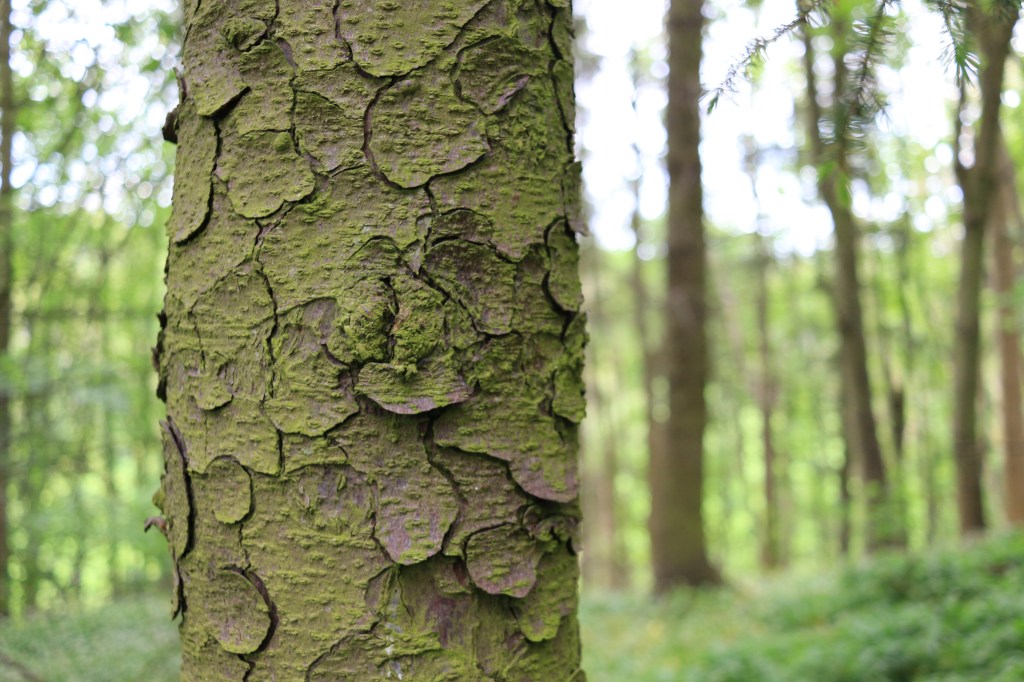
It is worth giving a bit of background to my own photography, as this has influenced what I look for in a camera. My Dad was a keen photographer and we always had cameras in the house. I started on a Kodak Brownie “Tank” 127 camera and worked my way through an Agfa 126 format camera to a Russian Zenit 11 35mm SLR. Eventually I had a Nikon FM2 and a few lenses, but I moved to Leica rangefinders. My first was the M6TTL, eventually joined by an M4P purchased from the widow of a press photographer. Over time I built a selection of lenses without spending too much money. This is a story for another time, but it is possible to not spend a fortune to acquire this type of equipment if you avoid collectable items and take your time. During this period I briefly owned a Canon EOS 300D, but it made very little impression on me and it took me a long time to finally switch to digital from film. I only moved when Leica offered me a third off the price of a Digilux 3 plus a free compact camera. The Digilux 3 was a Four-Thirds SLR camera that shared a mount with Olympus and Panasonic DSLR cameras of that period. The mirror was orientated sideways so the prism could be accommodated without a bump in the top of the camera. When it came to selling my M gear, it was quite sad, but I made a substantial profit on it compared to the purchase prices which helped softened the blow.

The Digilux 3 came with a wide to standard zoom and it had great in-camera film emulations. I really enjoyed using it and took some great photographs with it, but the lens choice was quite limited and at 12 Megapixels the sensor was starting to feel dated. This situation got worse when manufacturers started moving to Micro Four Thirds mirrorless cameras and new lenses stopped being released for the original Four-Thirds system. I started to look for alternatives and settled on the Canon EOS 700D.
This might seem an odd decision as I had not enjoyed the EOS 300D, but the Canon system had improved since those days and the quality of the kit lens had also leapt forward. Computers and mobile devices are better at handling images these days which means that many of my requirements were able to be met by the Canon APS-C system.
What I am looking for in a camera system is the ability to take good quality photographs quickly and relatively discretely. I like to be able to carry more than one lens with me and be able to change between them fairly quickly. I also don’t want to do any processing on the images and I rarely crop an image. IN other words, I wanted something that was similar to the 35mm experience.
My current workflow
- Photos shot on the EOS 700D, which is set on JPEG Large, and using the inbuilt film emulations plus some custom ones I have set up.
- SD card is put in an SD card reader attached to my Google Pixel 5 phone.
- Images copied to camera folder in the phone.
- This folder is synched with Google Photos so once they have backed-up to the cloud I can clear the originals from the phone memory.
This workflow can all be done in the field. Photos can be shared quickly to social media or sent to other people. The originals are still on the SD card if I need them, but as I save the original quality in Google Photos it isn’t really an issue.
My current equipment
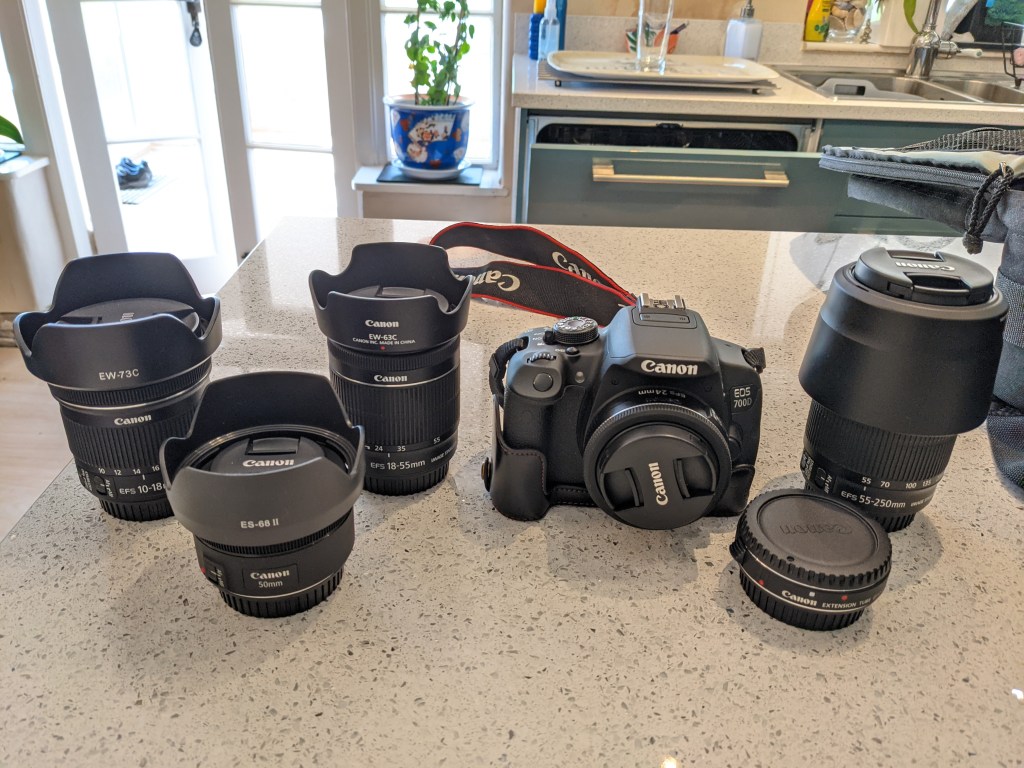
- Canon EOS 700D body
- Canon EF-S 18-55mm STM Zoom – this is the kit lens supplied with the body. A big improvement on previous versions of this lens, but not as good as prime lenses.
- Canon EF-S 24mm STM Pancake lens – a very compact and sharp prime lens, equivalent to 35mm on full frame.
- Canon EF-S 10-18mm STM Zoom – an extra wide angle zoom with decent, but not stunning, image quality – saved by the in camera lens profile corrections.
- Canon EF 50mm STM – a great portrait lens, equivalent to 75mm on full frame.
- Canon EF-S 55-250mm STM Zoom – up to 7.5x optical magnification. A lens I use for wildlife photography.
- Canon Extension Tube – to increase my macro abilities when I need to.
When I bought the EOS 700D the high street price with the kit lens was £599. I managed to find an offer at a reputable dealer for £525. I also bought the 24mm and 55-250mm zoom at the same time, but from a grey market supplier. I got both for half the high street price. Later on I bought the 10-18mm zoom and the 50mm prime from another grey market supplier. Again, the price was effectively two for the price of one. The 50mm was also a significant saving over any price I could have bought it here in the UK.
Accessories
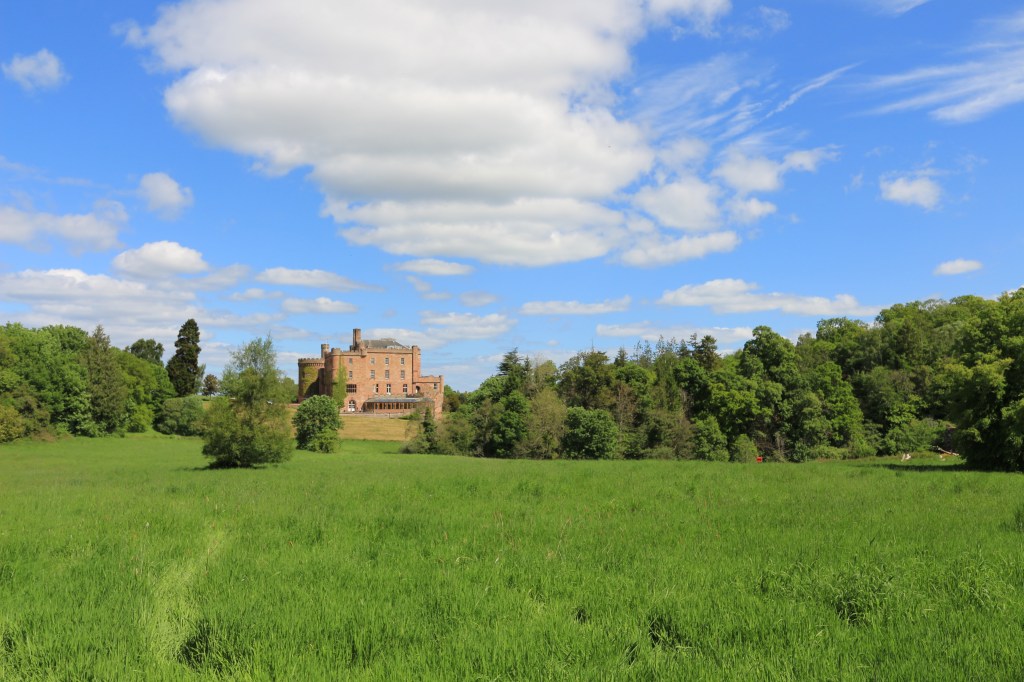
I picked up a Youngno 560 flash gun new for £46. I don’t use a flashgun often, but this one is fully dedicated to the Canon and does a very good job. Two of my lens hoods are not official Canon ones either, but 99p knock offs from Ali Express. They are the same size as the Canon ones and fit perfectly. I also bought a half leather case for £7.99 from Ali Express that makes the camera easier to hold while giving it some protection. This has easy access to the battery compartment for charging. One tip for looking for cheap accessories is to search under the camera’s US model name which is “Rebel T5i”. The card reader I use is a USB-C model by Anker, chosen because it will fit my phone without having to remove it from its case.
If I was going to change anything it would be the EOS 700D body. The current EOS 850D has a bigger 24 Megapixel sensor, compared to the 18 Megapixels of the 700D. It also has Wi-Fi for transfer of images. I am not sure if the higher resolution would make that much of a difference as I don’t print images often and I have never felt 18 Megapixels was too little. I did try a Wi-Fi SD card in the EOS 700D but found the card reader to be a faster and simpler way of getting the images off the camera and backed up to the cloud. There would need to be more on offer before I changed camera body, especially as prices have gone up so much recently.
Why I like the Canon APS-C system

- Coming from Four-Thirds I knew that smaller sensors could provide good image quality.
- The APS-C camera and lenses are lighter than full frame ones.
- The 24mm Pancake lens makes a very compact camera which still has full DSLR functionality.
- The fully automatic A+ mode converts it to a point-and-shoot camera. I can hand it to a non photographer to take a photograph knowing that it will turn out fine.
- Inbuilt film emulations work very well.
- Lens profiles correct for vignetting and spherical aberration in the camera when shooting in JPEG. This means you don’t need to correct a RAW image later on. However, not all lens profiles are loaded into the camera. I had to add the profile for the 10-18mm zoom when I bought it as it didn’t exist when the body was made.
- The image stabilisation, in the EF-S lenses that have it, is very good.
- The multiplication factor of the sensor means that telephoto zooms are a bit smaller than the full frame equivalents.
- The quality of Canon’s EF-S lenses is very good considering their prices. By buying grey market I paid less than I would have for non Canon equivalents.
- The STM lenses are almost silent when focusing.
- The EOS 700D shoots good quality HD video when I want to do that. My previous Leica digital did not do video at all.
- The screen is articulated and works as a viewfinder but with zoom for checking micro focus when doing macro photography.
- Controls are well organised. The wheel next to the shutter release controls aperture when in aperture priority mode which is very logical.
Why I shoot in JPEG
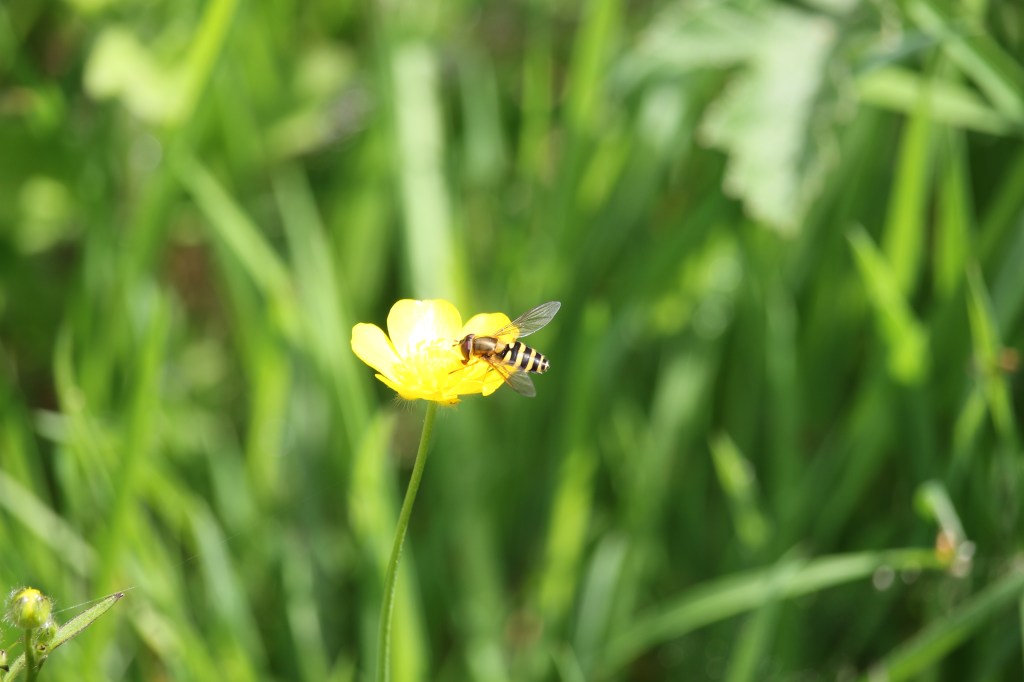
It is mainly for immediacy. The JPEG images are already corrected so I don’t need to process them afterwards. The JPEG quality is very good when set to large file size. The camera will also shoot JPEG+RAW if I ever wanted to come back to a RAW version later, but I have never felt the need to do that.
Notes on the Grey market
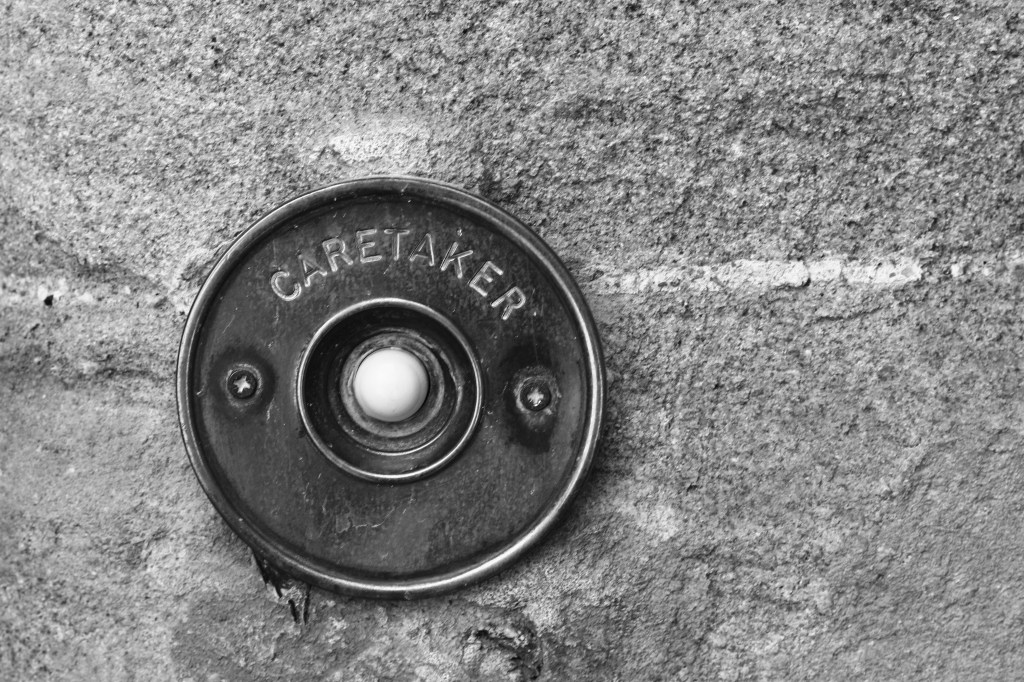
I bought my lenses from grey market suppliers, but this has an inherent risk and your decision to do that really comes down to your attitude to risk. Warranties probably wont be valid and you need to be sure you can return the lens if faulty. All of mine were new and in sealed boxes when they arrived. Two were from a supplier which claimed to offer a warranty through Canon UK but charged back to them if a repair was necessary. I would not buy a camera body from a grey importer because the charger plugs wont be right and there might not be an English language manual. I can’t recommend any grey market suppliers as they come and go. The best thing to do is look at reviews from customers, especially on photography message boards.
Changes to the UK’s import rules in January 2021 are making imports more expensive as small purchases no longer get through without VAT. This means I could not buy 99p lens hoods from China if I was doing that today.
Conclusion
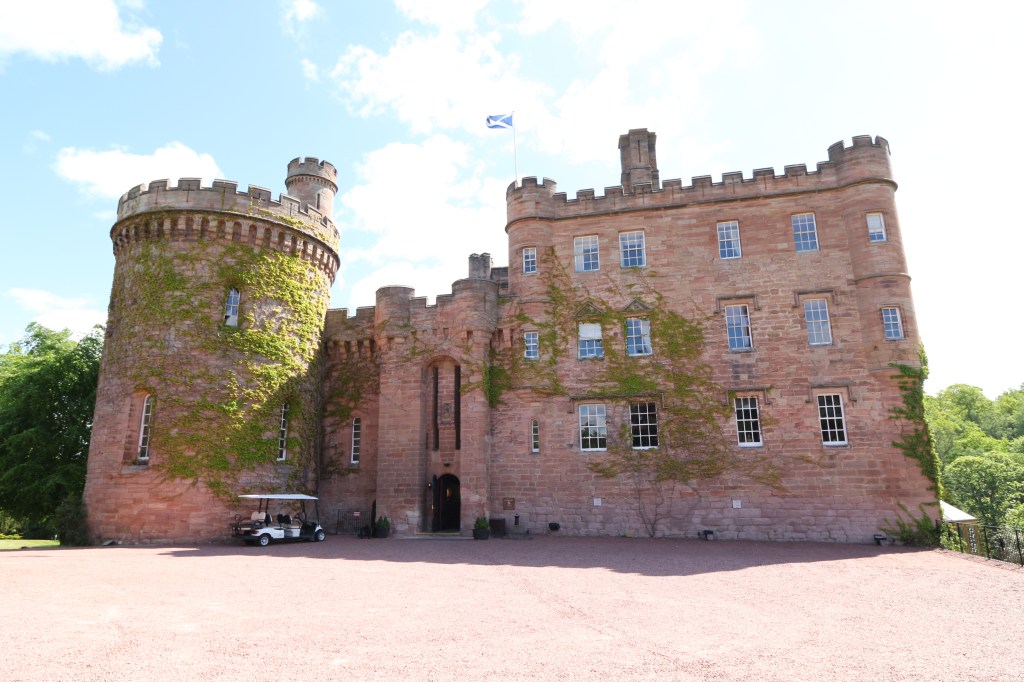
If you want to take good quality photos with equipment that is easy to carry and without the need to process the images later, then the APS-C DSLR system by Canon will meet your needs while still giving the option to work with RAW images if you desire. The EOS 700D with its choice of operating modes gives full creative control when you need it, with the ability to turn it into as point-and-shoot camera when you need one. The Canon EF-S lenses are good quality and, even at full retail price, competitive against independent lens manufacturers. As the EOS 700D is now several models out of date it can be picked up quite inexpensively and makes a great entry point into digital photography.


I know what you mean about the EOS300D. I got one from a charity shop and wasn’t impressed. I now have an EOS350D which is MUCH better but the 18-55 is from the EOS300D so not very good. That’s not my main camera though, that’s a Nikon D800 though I still have the D700, D200 and D70. I have too many cameras….
LikeLike
Thhank you
LikeLike